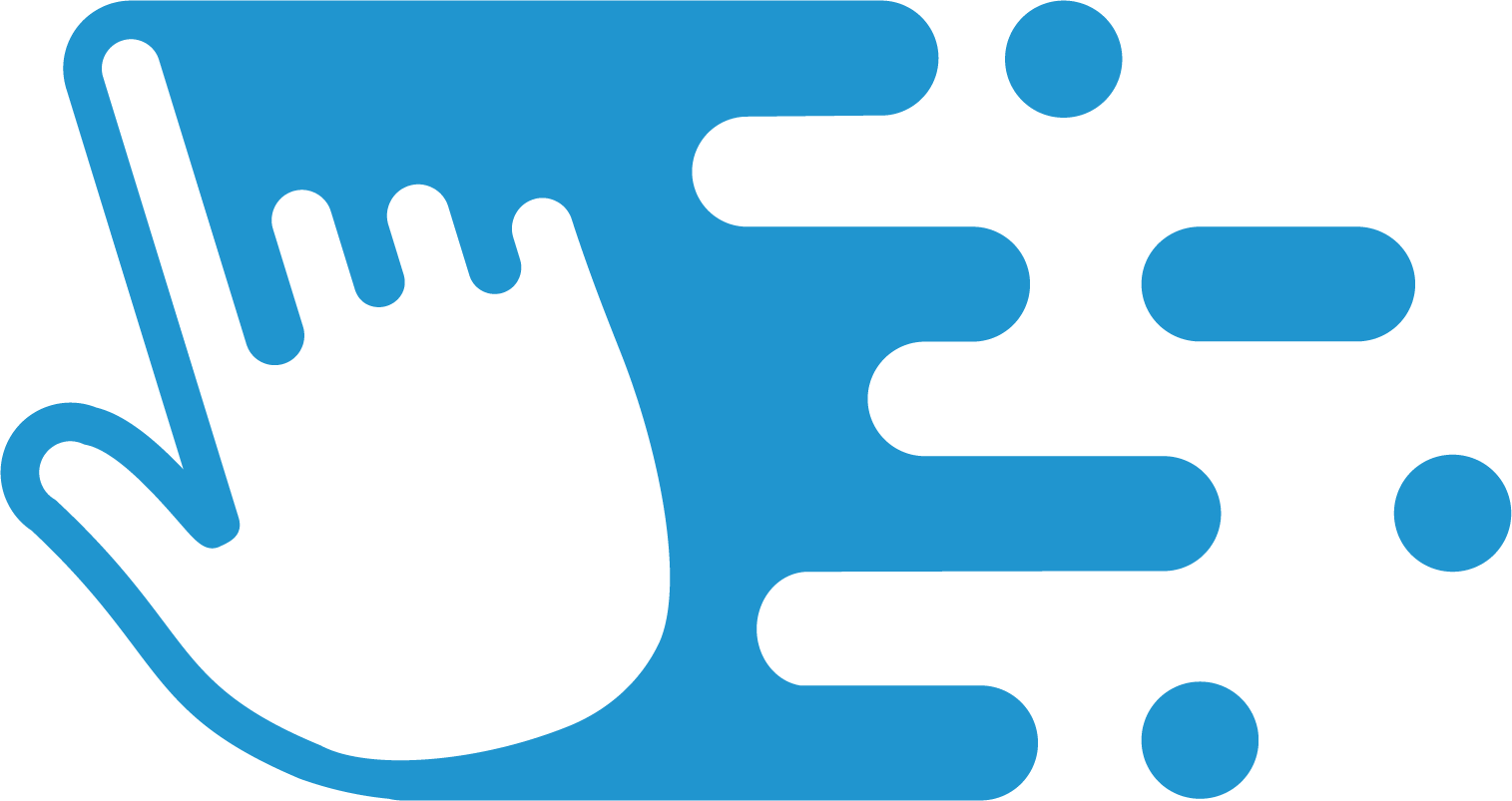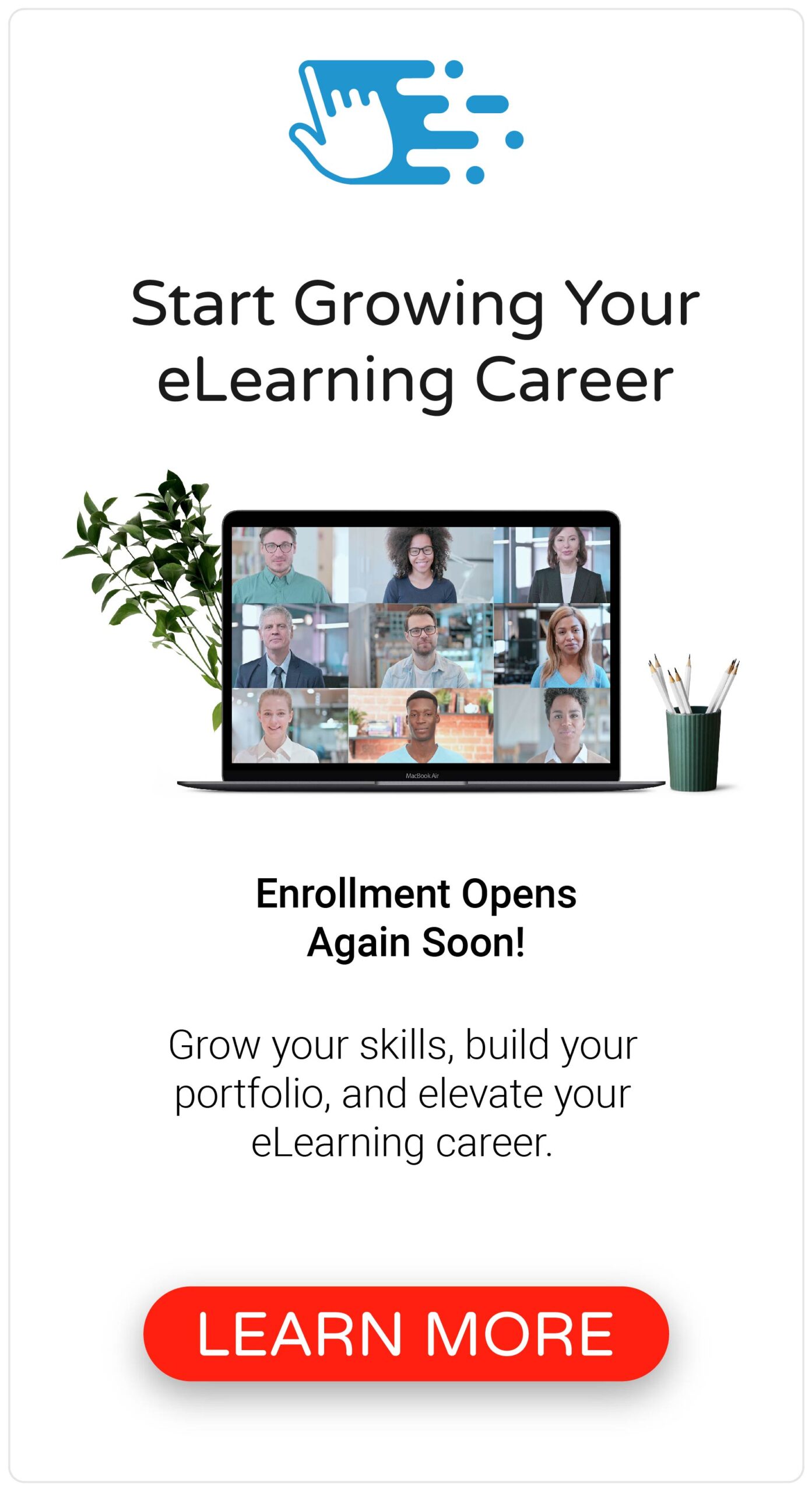The success of an eLearning or instructional design project depends on many different variables. However, if I’ve learned anything over the years, it’s that the success of most eLearning projects depends on what you do before you even begin designing the eLearning course itself! And one of the most critical tasks you need to complete during the early stages of any eLearning project is to scope it properly.
Scoping an eLearning project simply means defining all of the parameters, tasks, roles, responsibilities, deliverables, timelines, and sometimes the cost for a project before it begins.
Having a well-defined scope helps ensure a clear understanding between you and your stakeholders about what the project aims to achieve, what will be delivered, when it’ll be done, who’s involved, and how much it might cost. And the risk of not defining the scope of your eLearning projects can quickly result in the project going off the rails, with endless amounts of scope creep, costly delays, and unhappy stakeholders.
So, here are my five steps for how to scope an eLearning project.
Step #1: Conduct a Needs Analysis

The first step to scope an eLearning project is to conduct a needs analysis. Before you begin work on any training project, eLearning or otherwise, you want to make sure training is the right answer to the performance issue you’re trying to solve! And as I explain in my book, The eLearning Designer’s Handbook, if you don’t know why a performance issue exists, you run the risk of creating training solutions for non-training problems.
By taking the time to conduct a proper needs analysis, it can begin to help you understand the nature of the performance gap, what’s causing it, and the level of effort that might be required to fix it. What you don’t want to do is waste time withing with your stakeholders to scope an eLearning project, only to discover that it’s not the right solution.
Step #2: Design a Proposed Training Solution

The second step to scope an eLearning project is to design a proposed training solution. Once you determined that training is the answer to the issue you’re trying to solve, you then want to spend some time designing that solution.
Typically, I like to do this by first creating an action map, where I use the information gained from the needs analysis to identify the business goal(s) I’m trying to achieve, the tasks or behaviors that my learners need to perform to achieve those goals, and what performance-based activities I may build into my eLearning course to put these skills into practice. This process may also involve me conducting a task analysis to fully understand and document everything I need my learners to be able to do once the training is complete.
After that’s all done, this will usually result in the proposed training solution, which I recommend documenting and presenting to your stakeholders in a design document. This is a document that outlines the topics to be covered in the training, the audience that will receive the training, the learning objectives that will be met after the training is complete, the modalities used to deliver the training, and the measurement(s) used to evaluate the effectiveness of the training.
Step #3: Define the Requirements & Constraints

The third step to scope an eLearning project is to define the requirements and constraints. At this stage, your job is to define what is and is not included within the total scope of the project.
For example, when I am scoping the requirements and constraints of my eLearning projects, it includes everything from identifying what eLearning authoring tool or tools I may be using (i.e., Articulate Storyline vs. Rise), whether or not I’ll be creating custom graphics or using stock images, whether I’ll be including audio narration or creating a text-based course, how I’ll obtain the raw training content, how many review cycles will be included during the project, how the final course will be delivered to the learners, and anything else that may affect the project in any way.
Step #4: Define the Tasks, Responsibilities & Due Dates

The fourth step to scope an eLearning project is to define the tasks, responsibilities, and due dates. After you’ve done all of the upfront work of designing a proposed training solution, you want to make it actionable by breaking everything down into its individual tasks.
I like to do this by creating a project timeline, where I list every task that needs to be completed at each stage of the project, who is responsible for delivering each task, and the timeframe and due date for completing that task. Taking the time to create a detailed timeline can help estimate how long the project will take. It can also help you illustrate to your stakeholders and subject matter experts the level of effort required from them through the project and what can happen when there are delays.
And while it’s easy to create your development timeline using Microsoft Excel or something similar, it may be beneficial to use a dedicated eLearning project management tool to manage the tasks needed to complete the project.
Step #5: Document Everything in a Project Plan

The fifth and final step to scope an eLearning project is to document everything. After you’ve spent a ton of time scoping your project, the worst thing you can do is fail to document it! And trust me, when one of your stakeholders or subject matter experts tries to ask for something that’s outside the scope of the project (and they will), you want to have all of your documentation to fall back on.
I recommend documenting the total scope of your eLearning project by creating a project plan. The project plan is essentially a distillation of everything decided and agreed upon in the previous steps, including what is being delivered, who is involved, and when the project aims to be completed. Ultimately, this becomes the “source of truth” for everything and everyone involved in the project.
The Bottom Line
While it might seem like a daunting and time-consuming process to scope an eLearning project, it can actually save you a lot of time (and headaches) in the long run!
If you’d like to learn more about managing your eLearning projects, check out this post.
So, what other tips or questions do you have for scoping an eLearning project? Share them by commenting below!








